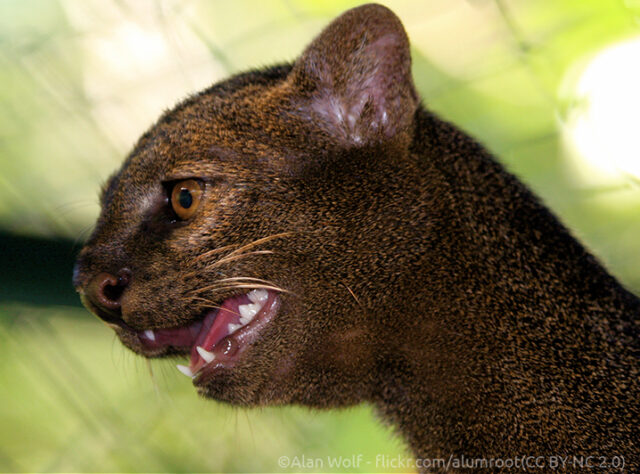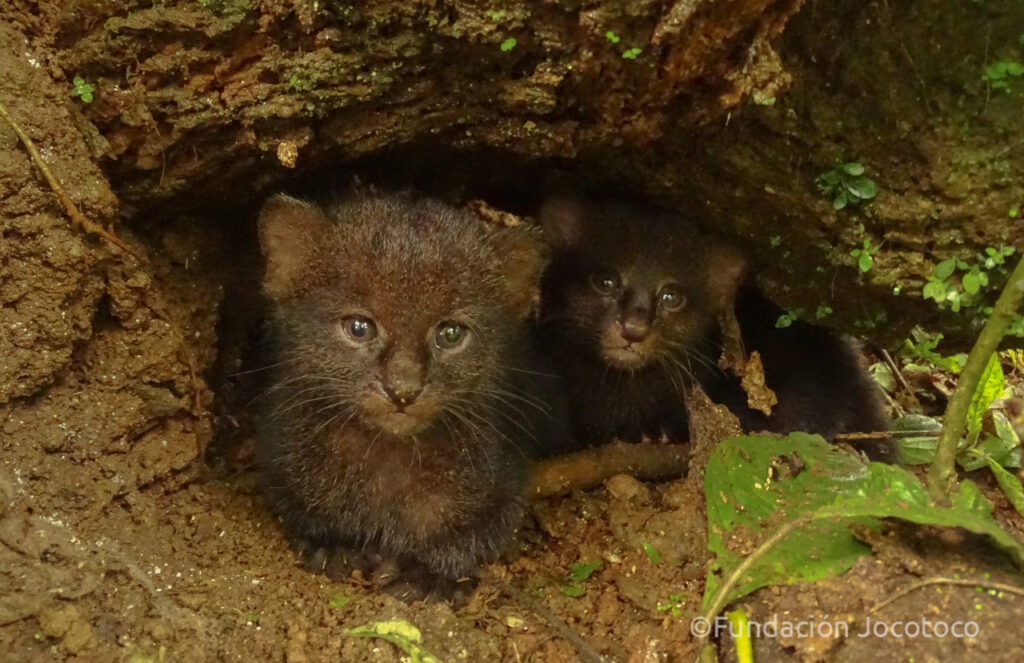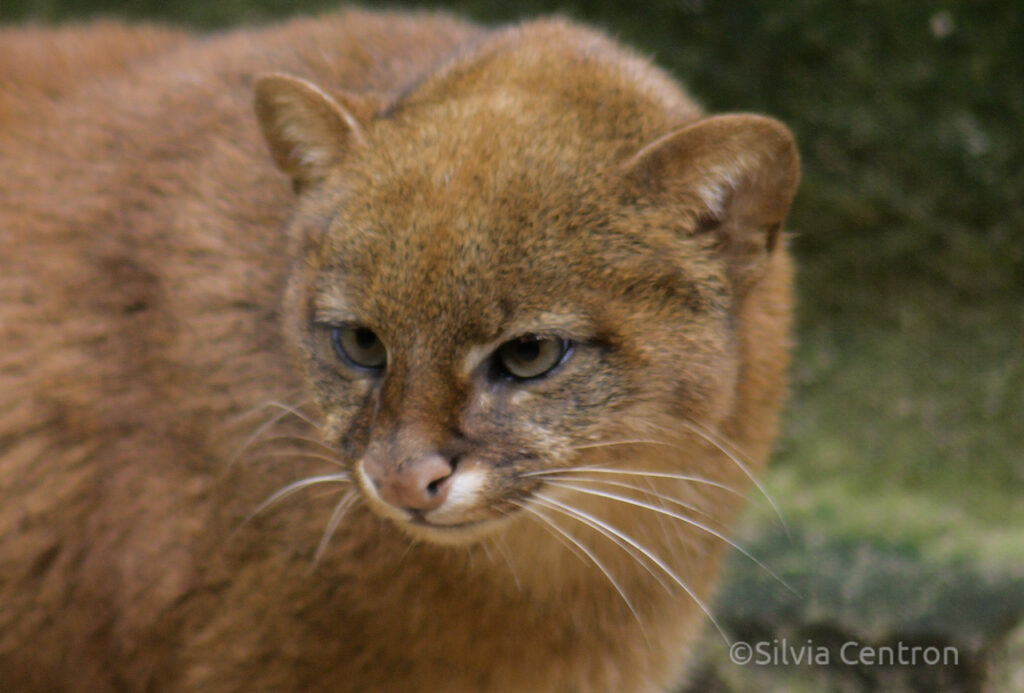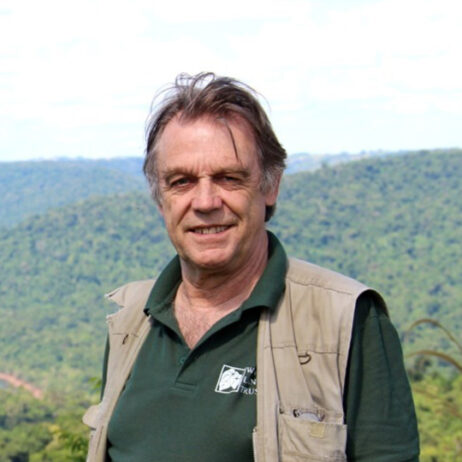
This is the latest entry of the Barnes’s Bestiary series, written by journalist, author, World Land Trust (WLT) ambassador and member of the WLT council Simon Barnes. See here to read all of Simon’s other entries so far.
I once saw a jaguar striding across the forest in Belize (at a World Land Trust project, naturally) in all his swaggering glory. John Burton, who was co-founder of WLT, never once saw one, in all his life of visiting and tending and growing such projects all over South America (as well as the rest of the non-jaguar-populated world).
But he once saw a jaguarundi in the Dry Chaco of Paraguay and he explained to me kindly that this was much more interesting than any jaguar. Of course he was totally sincere in this view: well, how many people do you know who have heard of, still less seen, a jaguarundi?
 They are medium-sized cats, about twice the size of the ones that lie on heath-rugs, reaching about 36 cm/14 in at the shoulder. They don’t go in for any flashy spots: they are a single solid colour, grey or reddish grey. They are good climbers, but mostly hunt on the ground: stealth, stalk and ambush, sneaking up on ground-feeding birds and small mammals.
They are medium-sized cats, about twice the size of the ones that lie on heath-rugs, reaching about 36 cm/14 in at the shoulder. They don’t go in for any flashy spots: they are a single solid colour, grey or reddish grey. They are good climbers, but mostly hunt on the ground: stealth, stalk and ambush, sneaking up on ground-feeding birds and small mammals.
No one knows much about them, because they are very good at keeping out of the way. They are secretive, solitary and very effective in the dark. They are intriguing animals – but no one could call them glamorous — and that puts them right up John’s street. He loved the less obvious things; he took the path less-travelled-by as a matter of routine, so naturally he loved the cat less-studied, the cat less-known, the cat most of us had never even heard of.
 He was always the champion of the underdog and for that matter, of the undercat. Naturally that started with nature, the greatest underdog on planet Earth. And in nature he loved best the least obvious places and the least obvious beasts that populate them. He loved both the jaguarundi and the Dry Chaco: and that’s why the Dry Chaco is one of the areas that will benefit from the John Burton Memorial Fund. It’s your chance to strike a blow for jaguarundis everywhere.
He was always the champion of the underdog and for that matter, of the undercat. Naturally that started with nature, the greatest underdog on planet Earth. And in nature he loved best the least obvious places and the least obvious beasts that populate them. He loved both the jaguarundi and the Dry Chaco: and that’s why the Dry Chaco is one of the areas that will benefit from the John Burton Memorial Fund. It’s your chance to strike a blow for jaguarundis everywhere.

